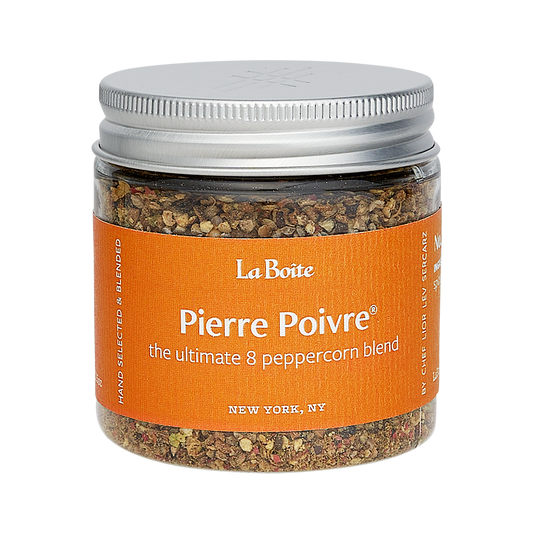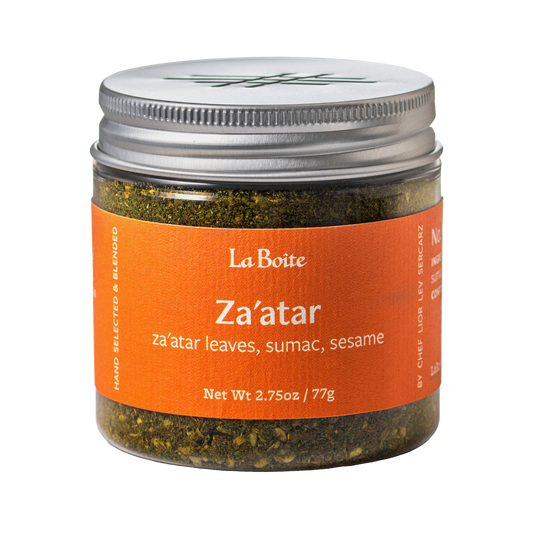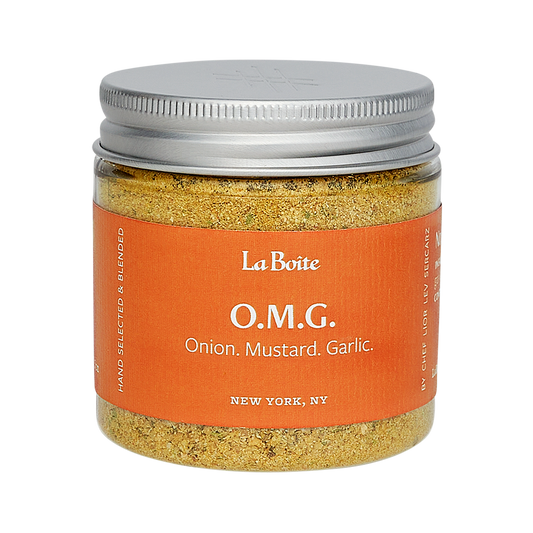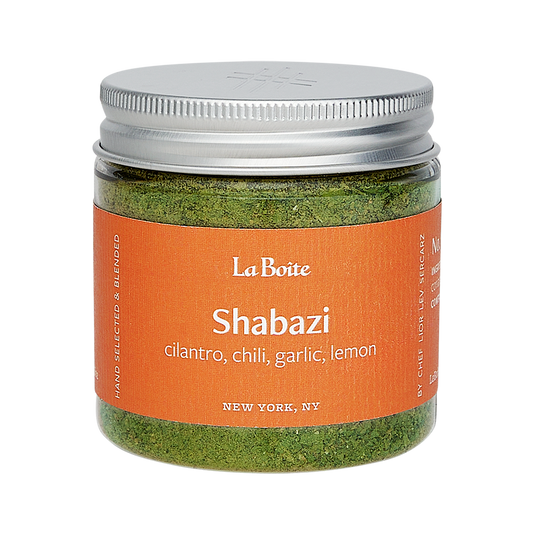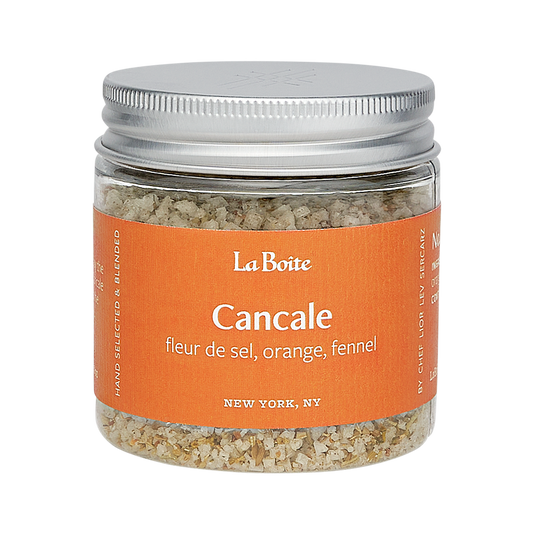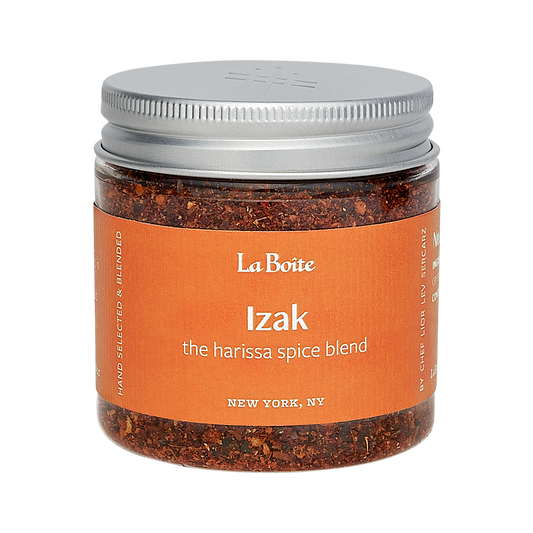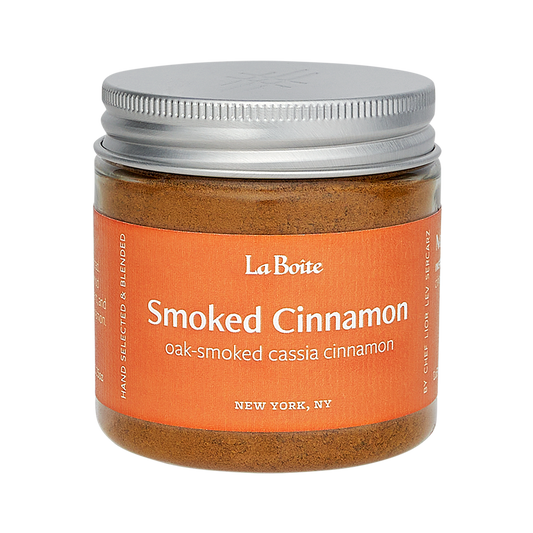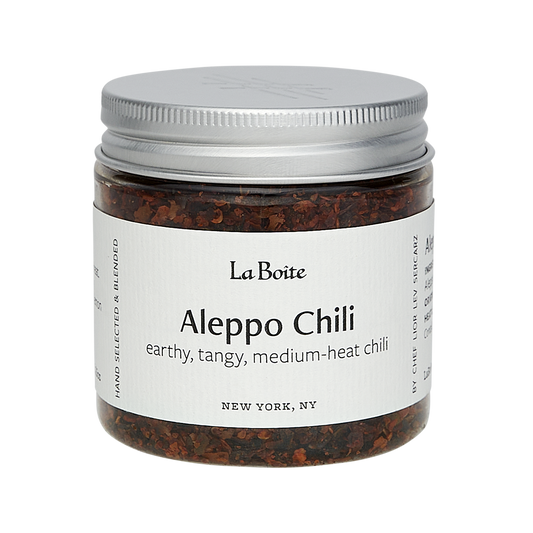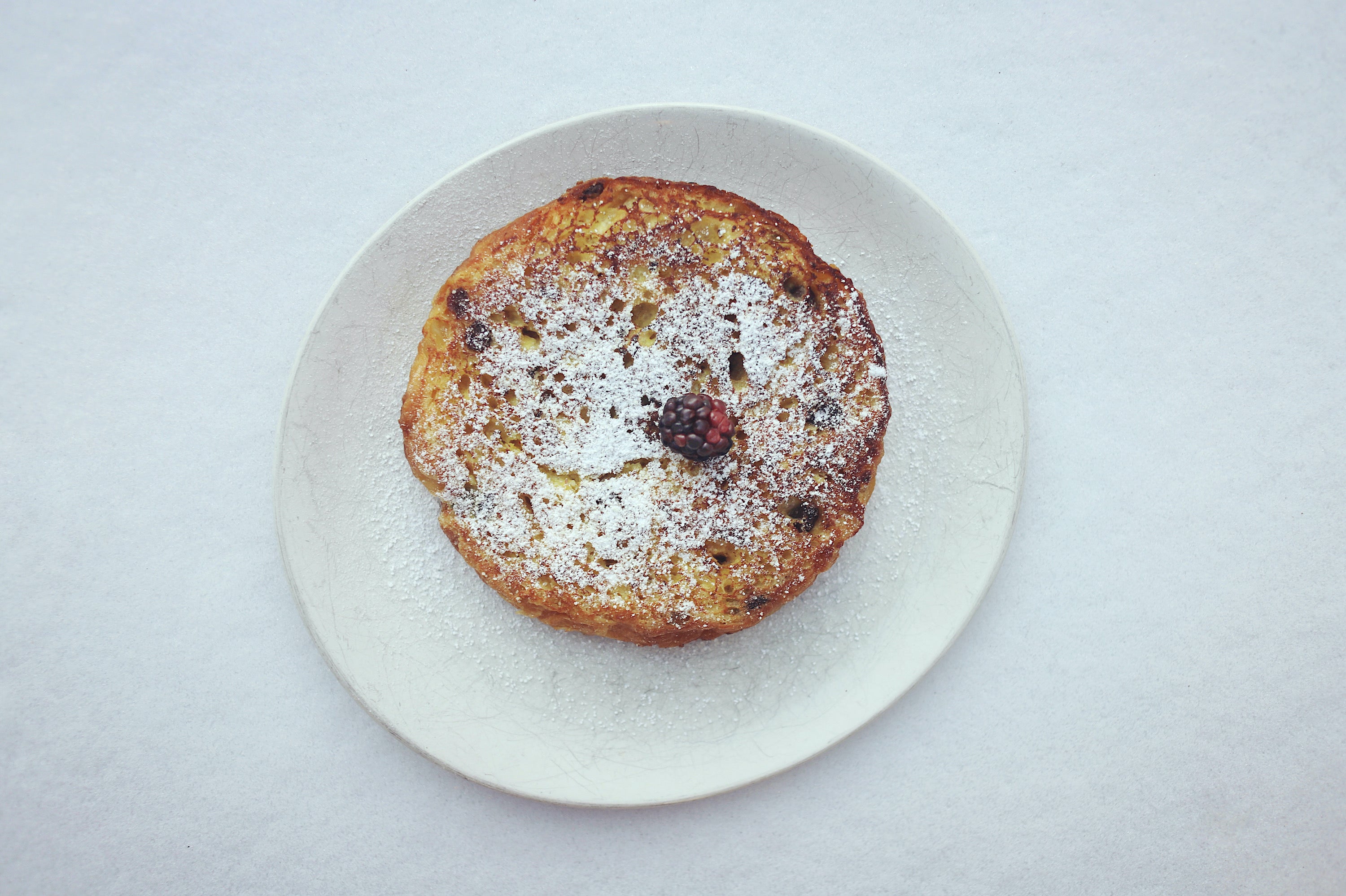Something quick and fun, since I found myself with a bounty of panettone and then wanted to see how much I could optimize my french toast technique. Pain perdu means “lost bread” in French, and refers to finding a new use for bread that has gone stale or otherwise won’t be eaten. With this recipe in hand you need never worry about lost bread again.
Panettone Pain Perdu (French Toast)
Rated 4.7 stars by 14 readers
Category
Breakfast
Author
Christian Leue
Servings/Yield
3-4
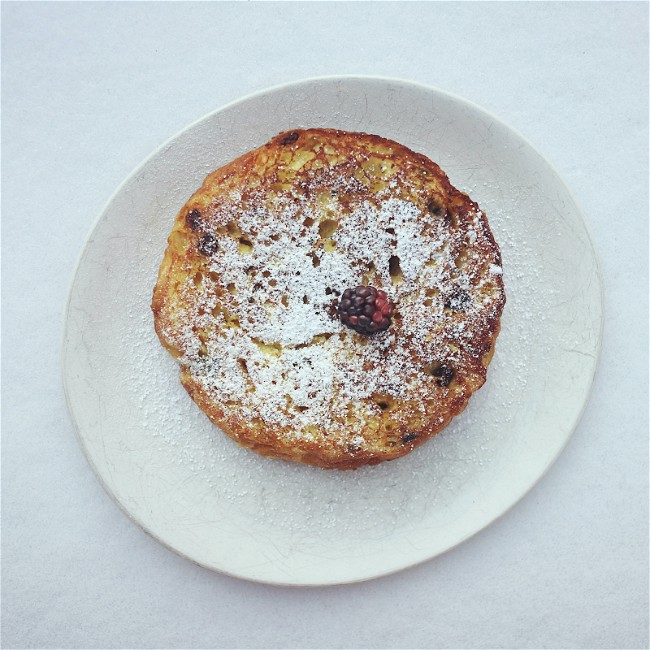
Ingredients
-
1 one-inch slice of panettone (cut it into a full 9-inch wide round if you can)
-
3 large eggs
-
1/3 cup whole milk, or non-dairy milk
-
1 tsp Mishmish N.33
-
Optional (but delicious), 1 Tbsp rum (I prefer Stiggin’s Fancy Pineapple for this)
-
Optional, a dash of good vanilla extract
-
Butter, for cooking
-
Optional, for serving: powdered sugar, more mishmish, maple or cane syrup, fresh fruits
Directions
In a blender combine the eggs, milk, mishmish, and rum (if using) and blend until well incorporated. You can also use a whisk, but if you do this make sure to strain the batter as you can easily end up with bits of unmixed white.
Now the method. It sounds a bit complicated at first but has the benefit of being gentle (so no tearing the bread), and not making many dishes: Add a slice of panettone to a spanish tortilla pan and pour about half your blended liquid over the bread until it’s saturated, allow to sit for 5 minutes, then cover with the other pan and flip, uncover, repeat with more liquid so that the bread is well soaked, and allow to rest for 5 minutes more.
Wipe out the first pan and heat over medium heat on a stove and add couple teaspoons of butter, once the butter has melted and stopped bubbling, carefully pour any excess melted butter over the slice in your other pan, then quickly cover with the hot pan, and flip the connected pans over again so the hot buttered side is on the bottom. Cook, covered, for about 3 minutes.
Uncover and melt some butter in the top pan over another burner, letting the slice continue to cook uncovered for about a minute. Carefully pour any excess melted butter over the slice in your other pan, cover, flip, then cook, covered, for another 3 minutes. Uncover and cook for 1 minute more.
Test both sides and see if they are as crispy as you like, if not you can always cook them, uncovered until they are as crispy as you like.
You can serve easily by covering the pan with a plate or cutting board, then quickly inverting it. Or you can always use a large spatula which is admittedly a bit safer.
Serve with your favorite fixings, though it’s great just on its own since panettone is already sweet.
Note: The classic method is to use a shallow bowl to soak, and then carefully transfer to a hot pan to cook, then flip using a large spatula. I’d suggest at least using two pans for cooking as it’s easier to get the second pan warm enough and the butter melted without having to hold the bread on a spatula.
Recipe Note
Variations & Ideas:
• Other breads that work great for this are brioche or challah. They already contain eggs and have a great structure for soaking up the batter. Since they don’t contain raisins or fruit like panettone you might find you want to serve them with something sweet. Since they also have a higher moisture content I find it helps the final texture if you cut slices and dry them out overnight.
• If you’re using brioche or challah try going savory. I like blending a tablespoon of sautéed spinach (cook it until it’s almost burnt) with Blue Grass N12 and adding that to the eggs and milk. It’s great with sauce hollandaise or a mushroom cream sauce. And hot sauce.
• Or you can cook two thinner slices of panettone as above but skip the crisping time on one side of each. Sandwich some sliced gruyere and thinly shaved ham between the already crisp sides, then return to the pan and cook until both outsides are crisp and the cheese is melted. Remove to a cutting board, slice into wedges, and serve with a lightly dressed salad.
• These recipes are basically a bread pudding, and you can get similar results by cutting your bread into cubes and combining with the batter in a buttered casserole and baking until the top is crisp and the custard is set. The advantage to this is you can incorporate ingredients that wouldn’t soak into the bread, like fruit, nuts, vegetables, cheeses, etc.
Questions about this recipe? Contact us at info@laboiteny.com
